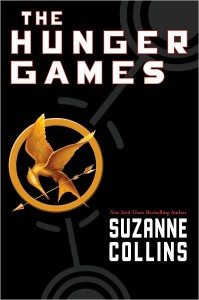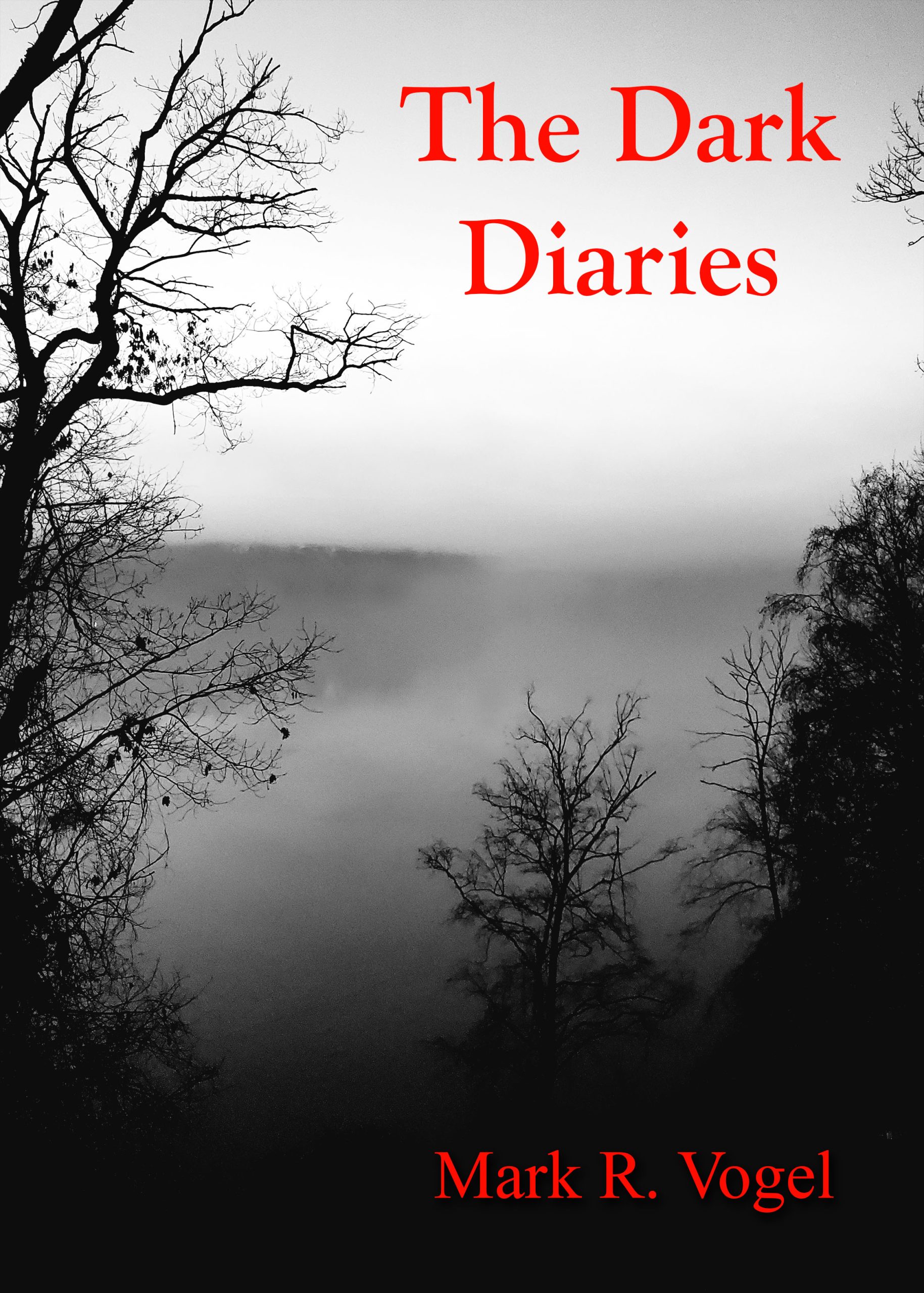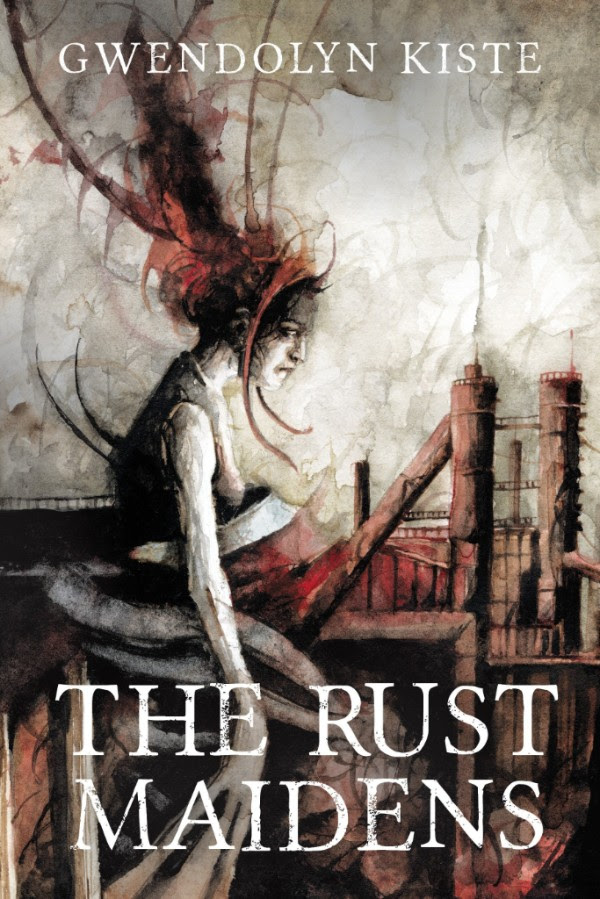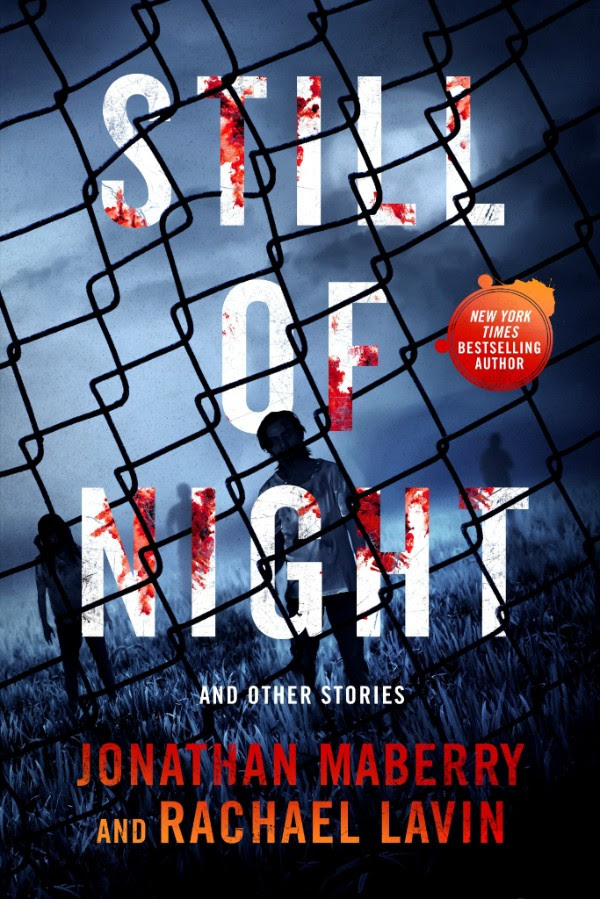 I read Suzanne Collins’ dystopian young adult novel The Hunger Games partly because several writer friends recommended it to me as being quite good and partly because it’s been such a runaway success. As with Christa Faust’s novels, it offers a first-person narration through the eyes of a dangerous female protagonist, in this case Katniss Everdeen. I was likewise struck by Collins’ descriptions:
I read Suzanne Collins’ dystopian young adult novel The Hunger Games partly because several writer friends recommended it to me as being quite good and partly because it’s been such a runaway success. As with Christa Faust’s novels, it offers a first-person narration through the eyes of a dangerous female protagonist, in this case Katniss Everdeen. I was likewise struck by Collins’ descriptions:
Sitting at Prim’s knees, guarding her, is the world’s ugliest cat. Mashed-in nose, half of one ear missing, eyes the color of rotting squash. Prim named him Buttercup, insisting that his muddy yellow coat matched the bright flower. He hates me. Or at least distrusts me. Even though it was years ago, I think he still remembers how I tried to drown him in a bucket when Prim brought him home. Scrawny kitten, belly swollen with worms, crawling with fleas. The last thing I needed was another mouth to feed. But Prim begged so hard, cried even, I had to let him stay. It turned out okay. My mother got rid of the vermin and he’s a born mouser. Even catches the occasional rat. Sometimes, when I clean a kill, I feed Buttercup the entrails. He has stopped hissing at me.
We learn a great deal about the characters and their situations in this description of Buttercup. First, we know that Katniss is the main force keeping her little family alive, because she sees the cat as another mouth to feed. She’s got far more serious responsibilities than the teenagers who are reading about her adventures.
The cat isn’t merely sitting with narrator Katniss’ little sister Prim but is guarding her. The whole family feels protective of Prim, the cat included, and this foreshadows Katniss’ decision to offer herself up as tribute in the games to save her sister from almost certain death.
Why does Katniss feel so protective of her sister? Prim sees a beauty in the world that ruthlessly practical Katniss clearly does not, especially when it comes to Buttercup, whom she describes in the most unappealing language possible. But at the same time, Katniss wants the beauty her sister sees to be a real thing. She wants to believe, and keeping her sister alive means that she gets to hang on to her unspoken hope that their world could become a better place. Katniss’ love for her sister is the one thing that softens her and redeems her. Katniss has no qualms about killing, and it’s just a few short steps from killing without remorse out of need and doing it for power and pleasure. At this stage of the book, Prim is the only person keeping Katniss from becoming a monster.
On another level, I was impressed that Katniss is portrayed as the kind of person who would try to kill a little girl’s pet cat. As I remarked in my column on Clive Barker’s The Thief of Always, the standard advice I’ve always gotten is that in popular fiction, you don’t show harm coming to pets and babies. It’s simply not done if you want to avoid alienating your readers. Katniss of course relents and doesn’t actually kill Buttercup, and Buttercup is portrayed as quite an unpleasant beast. But still, Katniss is not coming off as a likable person here. (Prim’s love of ugly, hissy Buttercup also mirrors her love of her love for her hard-bitten sister). It’s pretty risky to have a protagonist running around killing animals right in the first pages of a book for younger readers.
But clearly, this didn’t limit the book’s readership in any noticeable way. So, seeing Katniss’ portrayal here gives me more confidence in terms of the types of characterizations and horrors I can include in my own YA narrative. I and other writers need not sanitize unpleasant details from our fiction simply because of our readers’ ages.
Lucy A. Snyder is the Bram Stoker Award-winning author of the novels Spellbent, Shotgun Sorceress, Switchblade Goddess, and the collections Orchid Carousals, Sparks and Shadows, Chimeric Machines, and Installing Linux on a Dead Badger. Her latest books are Shooting Yourself in the Head For Fun and Profit: A Writer’s Survival Guide and Soft Apocalypses. You can learn more about her at www.lucysnyder.com and you can follow her on Twitter at @LucyASnyder.
- The Braided Novel - November 20, 2016
- Upside Down: Inverted Tropes in Storytelling - November 18, 2016
- You, Human - November 18, 2016
- A Horror Writer Pursues an MFA – Part 5 - November 2, 2016
- A Horror Writer Pursues an MFA – Part 4 - November 2, 2016
- A Horror Writer Pursues an MFA – Part 3 - November 2, 2016
- A Horror Writer Pursues an MFA – Part 2 - November 2, 2016
- A Horror Writer Pursues an MFA – Part 1 - November 2, 2016
- Jolly Fish Press is shutting down - October 23, 2016
- The Pox Party - October 16, 2016







